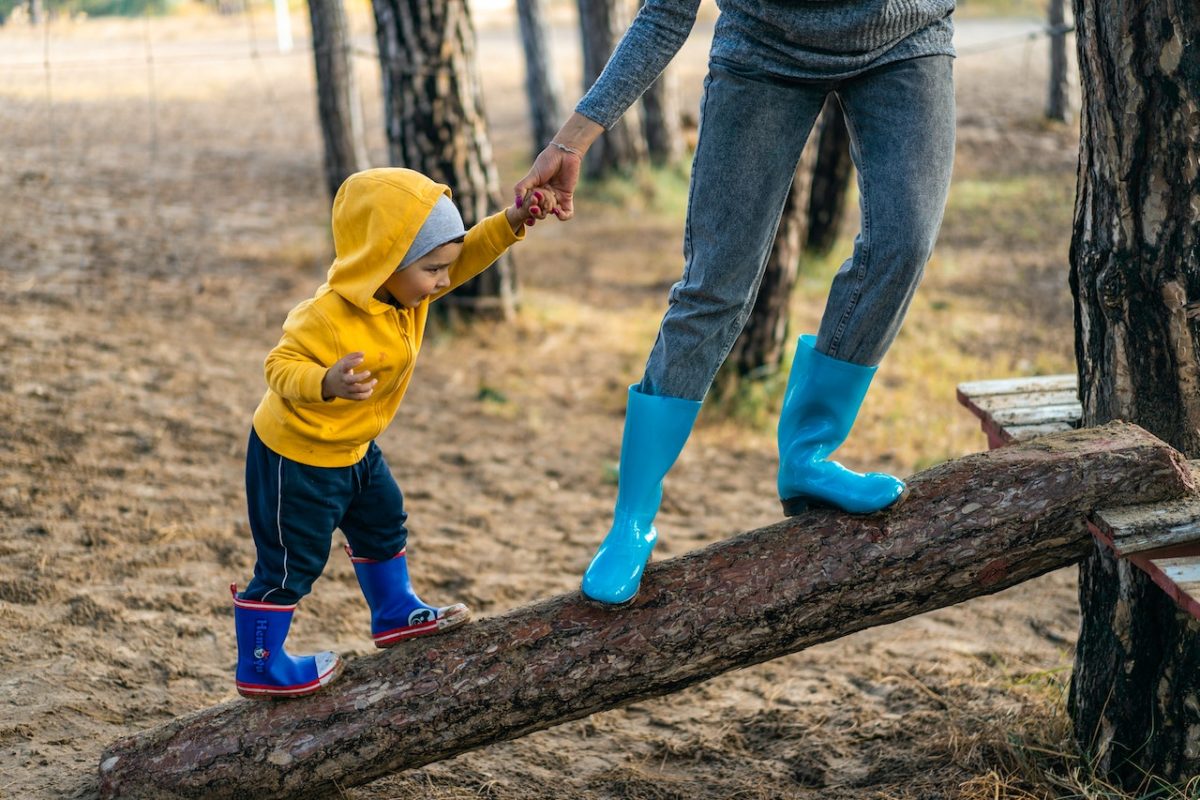
The first step of a baby is something that the parents await from their child’s birth. The learning to walk phase is one of the most exciting, emotional, and memorable experiences of parenthood.
Babies gradually strengthen their muscles and master different gross motor skills including walking. They slowly prepare to take their first steps. This blog states the importance of walking and provides an overview of the walking experience of babies.
When do babies start walking?
The age when babies begin walking differs largely. Some kids can walk before they turn one year old, but some take their first steps right after their first birthdays. On average, kids begin to walk when they are 14 to 15 months old.
Babies take small steps before walking properly which is known as cruising. It happens when they are nine to ten months old. However, you need to be patient with your baby. They will eventually learn walking as a gross motor skill but on their timetable.
Why do kids walk?
Walking can be tiring and difficult, so it is valid to ask why babies would want to do it. Kids have mastered the art of roaming around on their hands and knees. Why would they want to abandon that position and undergo the frightening task of walking?
Well, according to a study, crawling babies and new walkers have realised that by walking, kids can cover more distances faster. Therefore, babies want and love walking in the house as they can go wherever they want to efficiently.
Stages of walking
- The first stage of walking begins with crawling. It is a gross motor skill where babies move around on their knees and hands. The crawling stage lasts between seven to ten months.
- Creeping is the second stage when babies pull themselves forward using their arms. It is similar to crawling. During this stage, the arms of the babies are much stronger than their leg muscles.
- Some babies prefer to scoot along instead of crawling or creeping. In scooting, children push off their arms to slide along on their bottoms. They might even slither on their belly to move around.
- The last learning stage is the cruising stage. After this, babies begin to walk. During this stage, kids make gradual steps while standing and holding onto a piece of furniture or your hand for support.
How can I help my baby walk?
The basic developmental strategy for babies is their ability and opportunity. Babies fail to begin walking until they can walk. However, along with the ability, they require an opportunity.
As parents, you should hold their hand and support them when they are standing and trying to take their first step. You should provide encouragement and love instead of pushing them.
Encourage your kid to walk by providing them with the support that they can hold onto when they move from one place to another. It will allow them to walk without facing any obstacles in between. Clean the area to ensure a safe walking space for them.
Conclusion
Babies are mysterious and adorable creatures. They mean the world to their parents and hence every step they take matters largely to them. However, parents need to understand that their babies have their learning period and they should not force them. Experience the first steps of your baby with a free mind instead of focusing on when they will begin to run.



